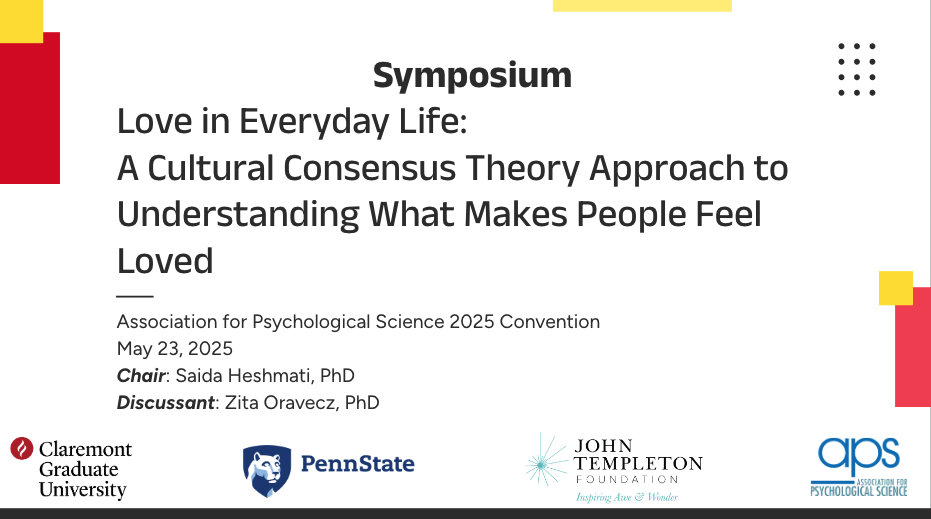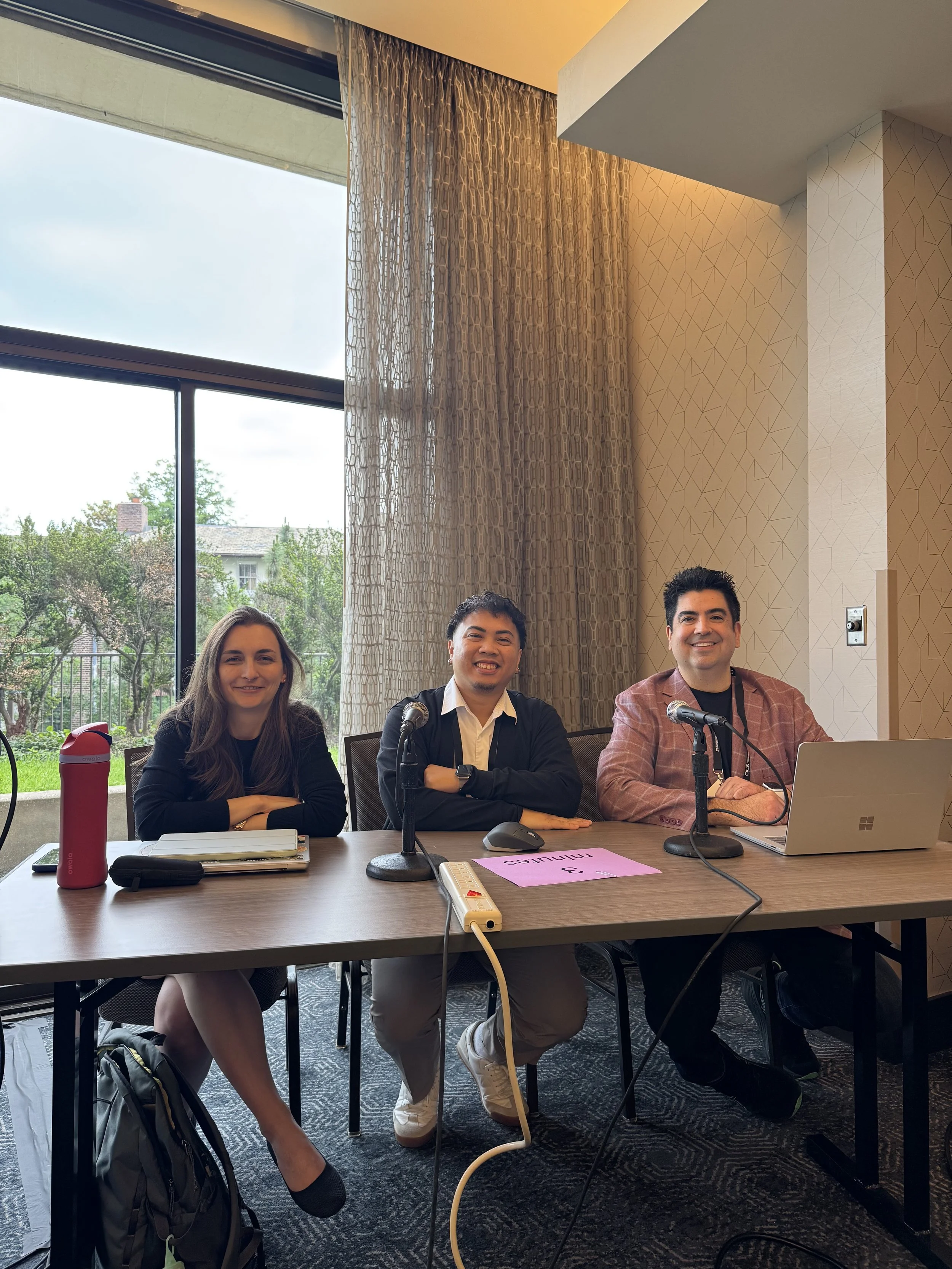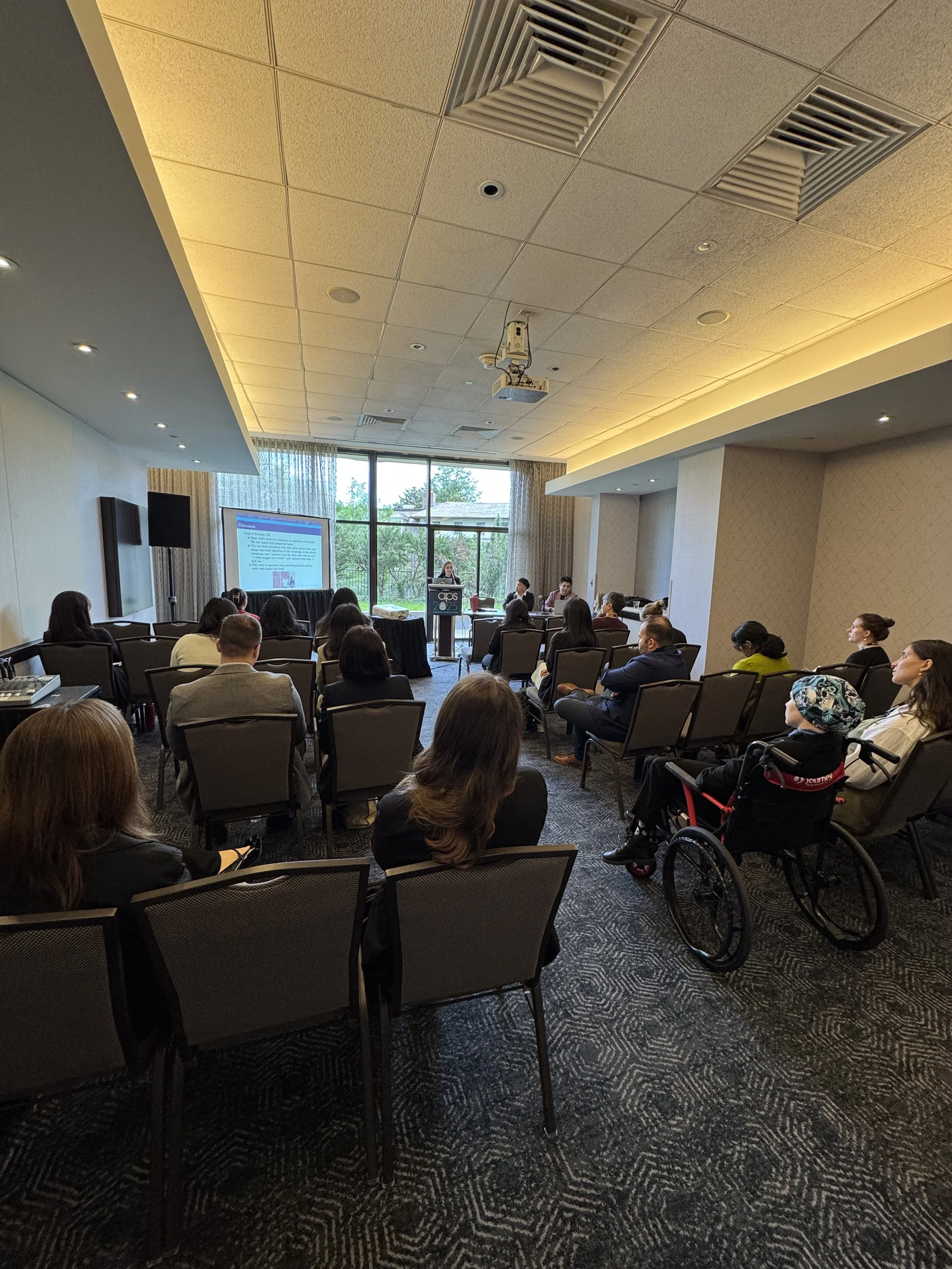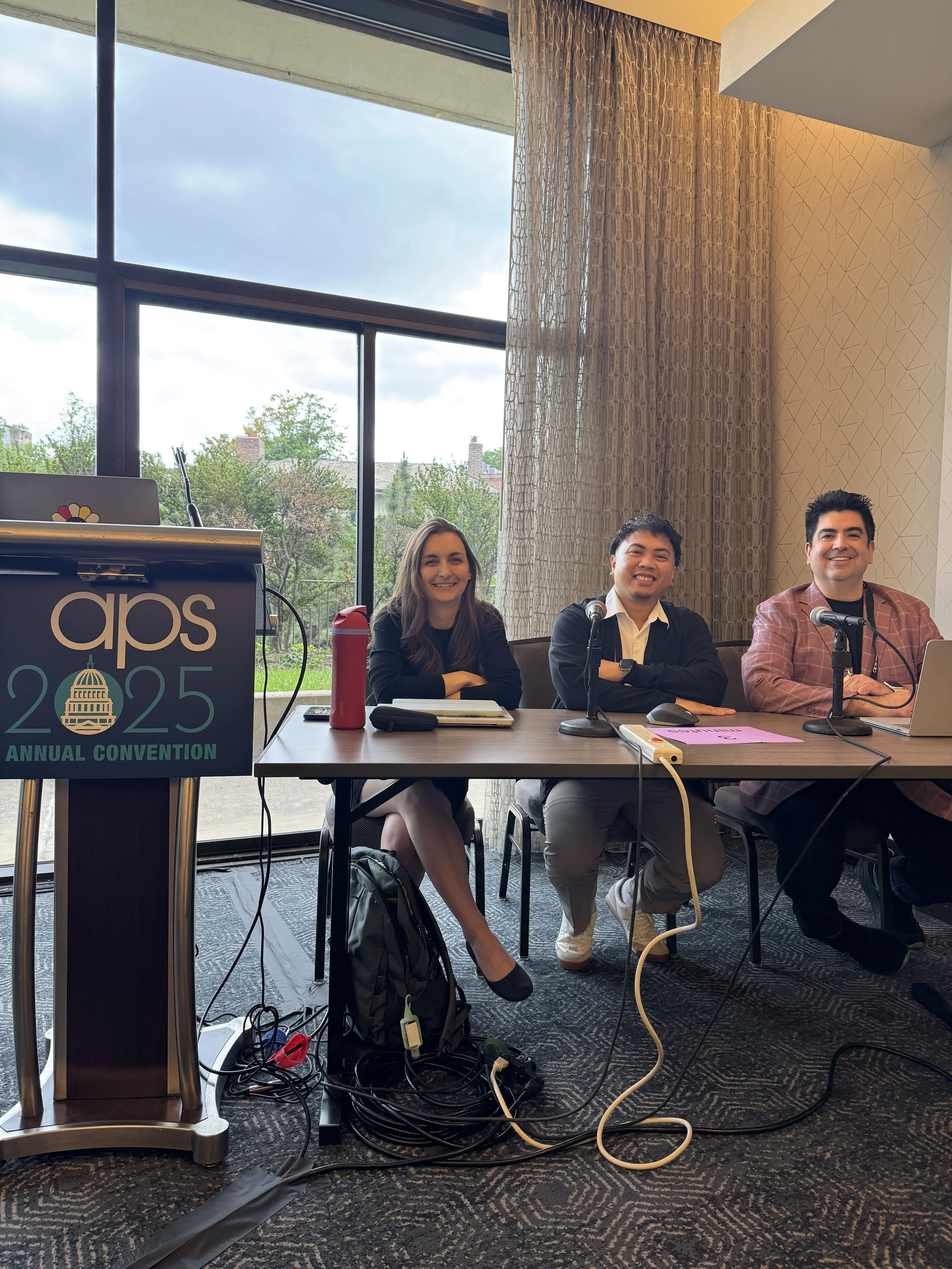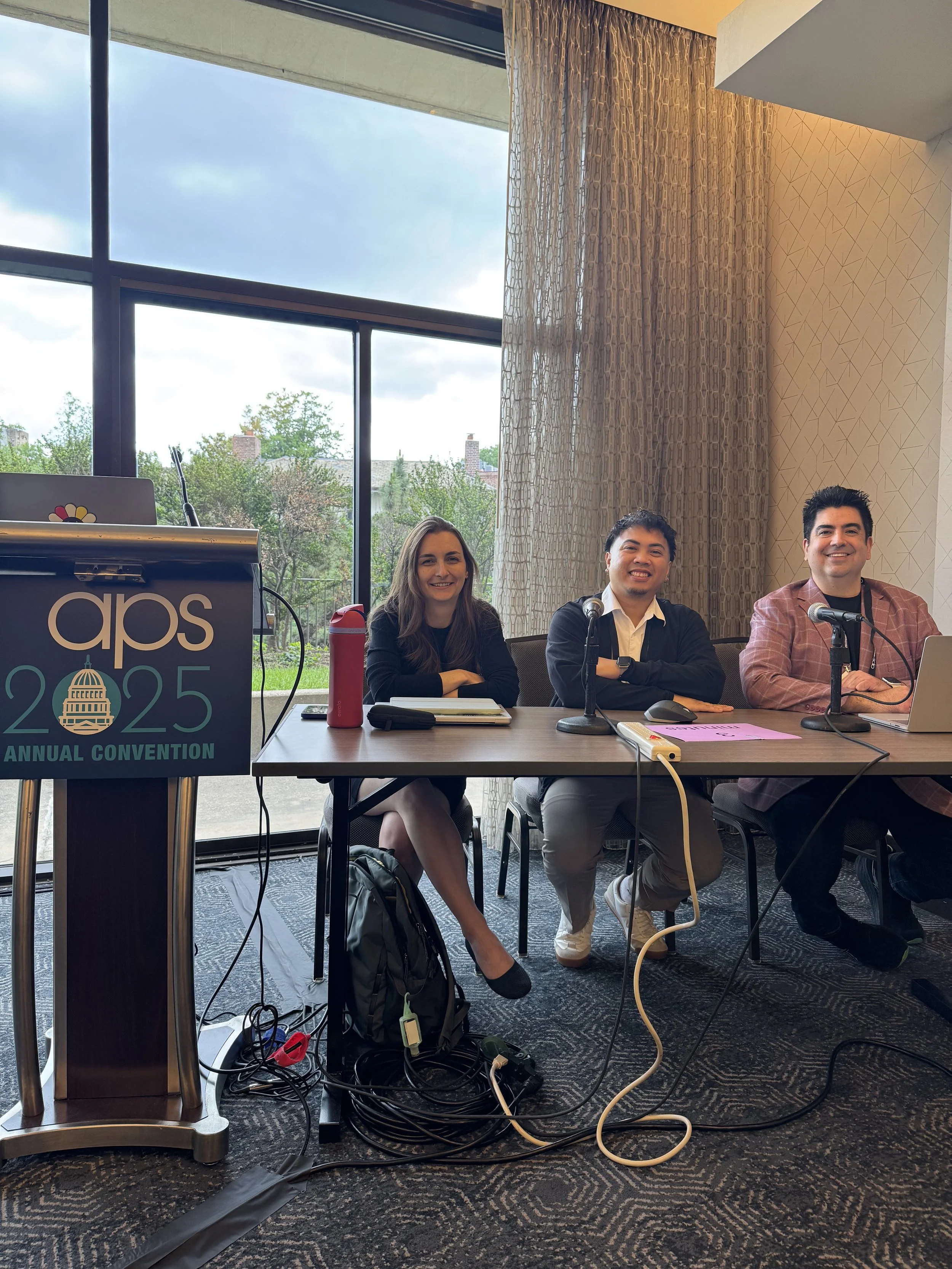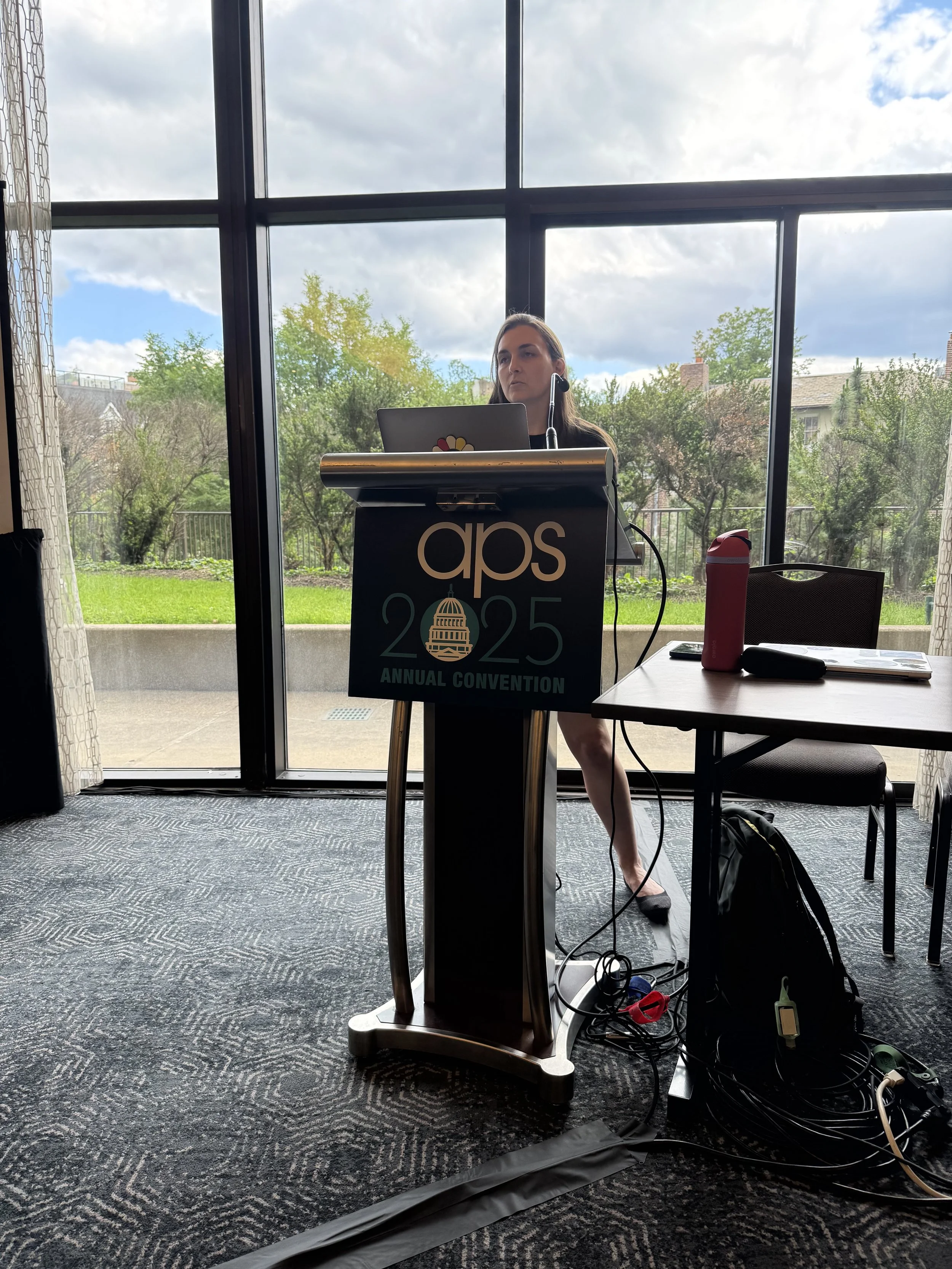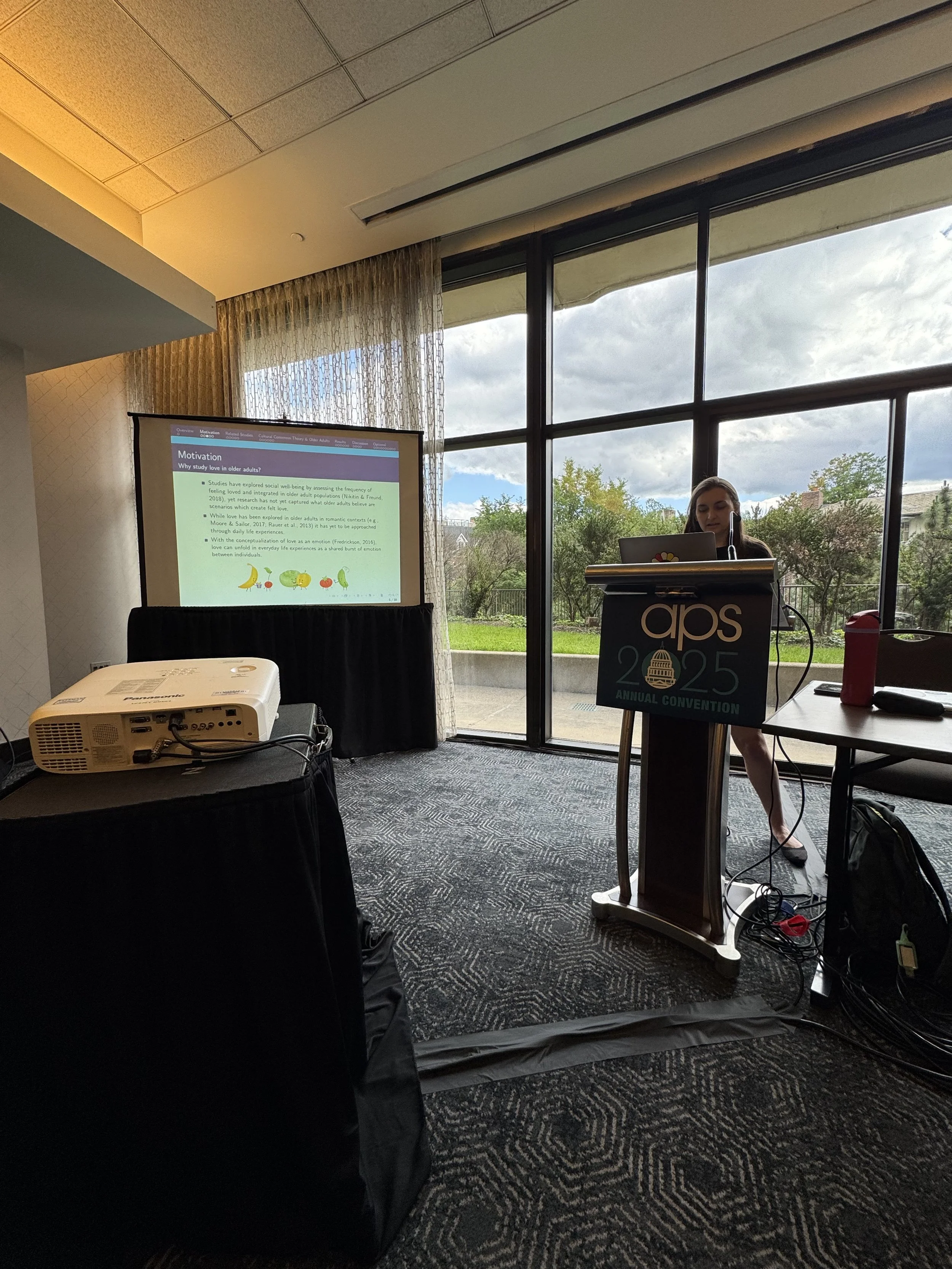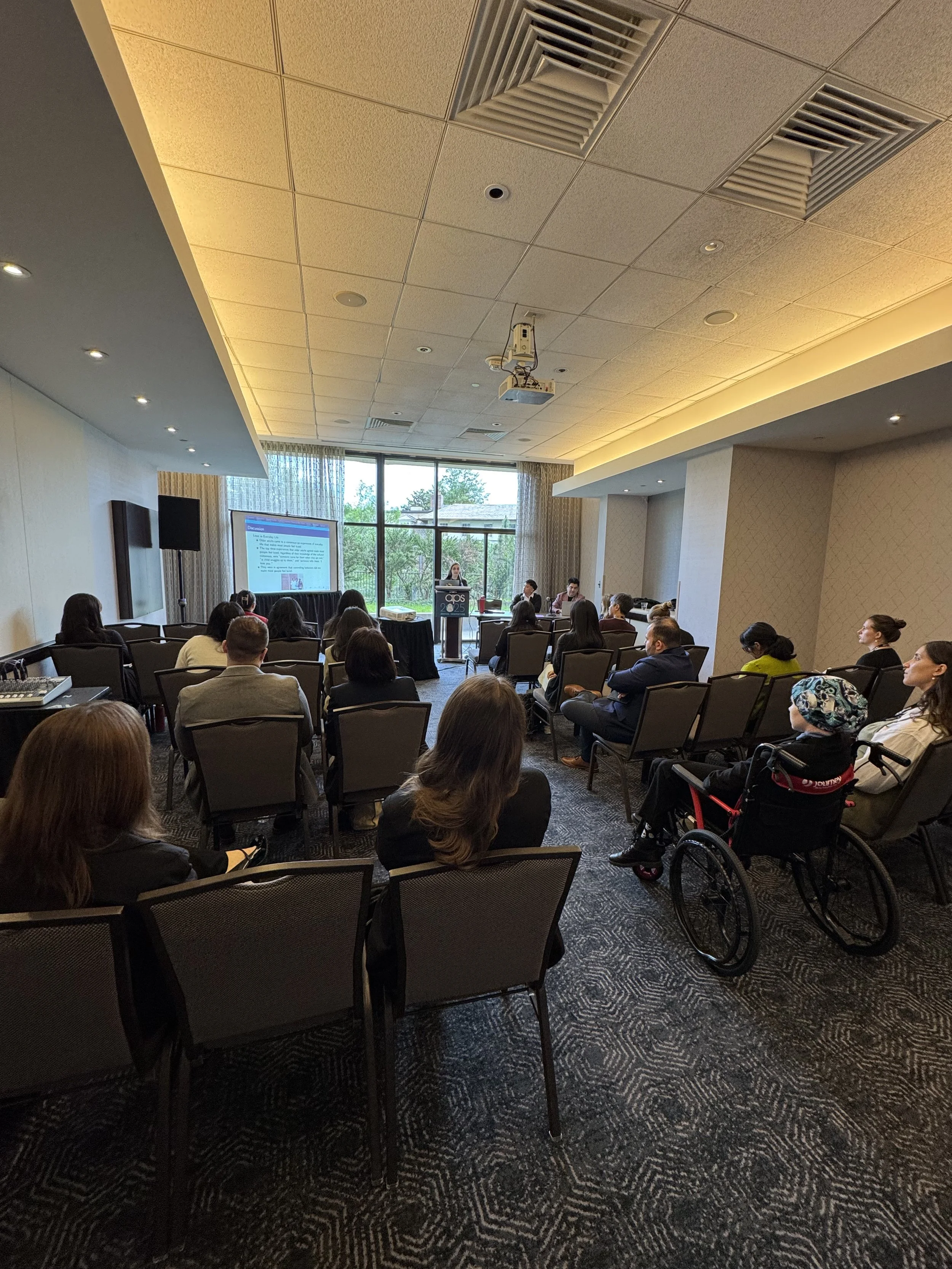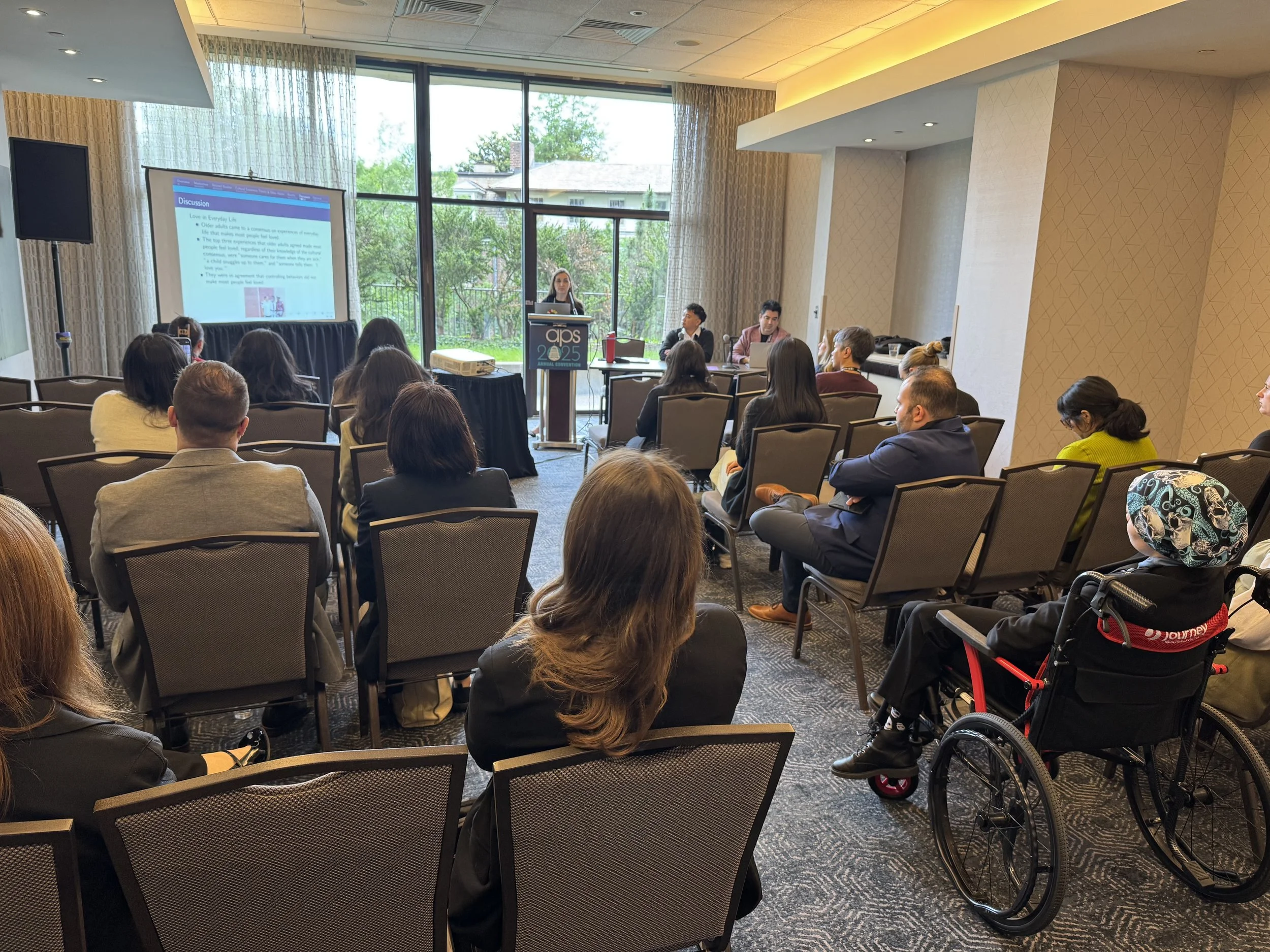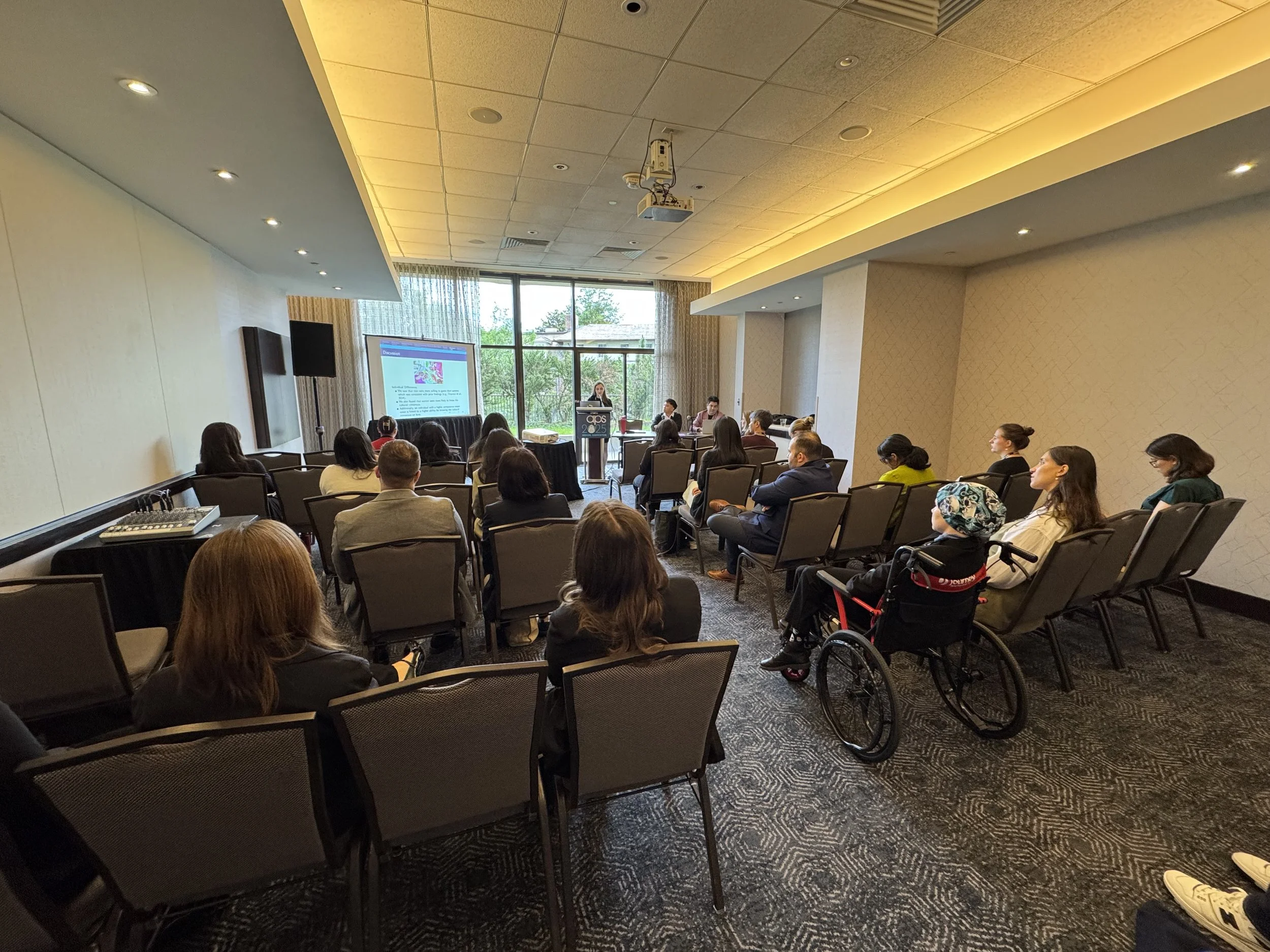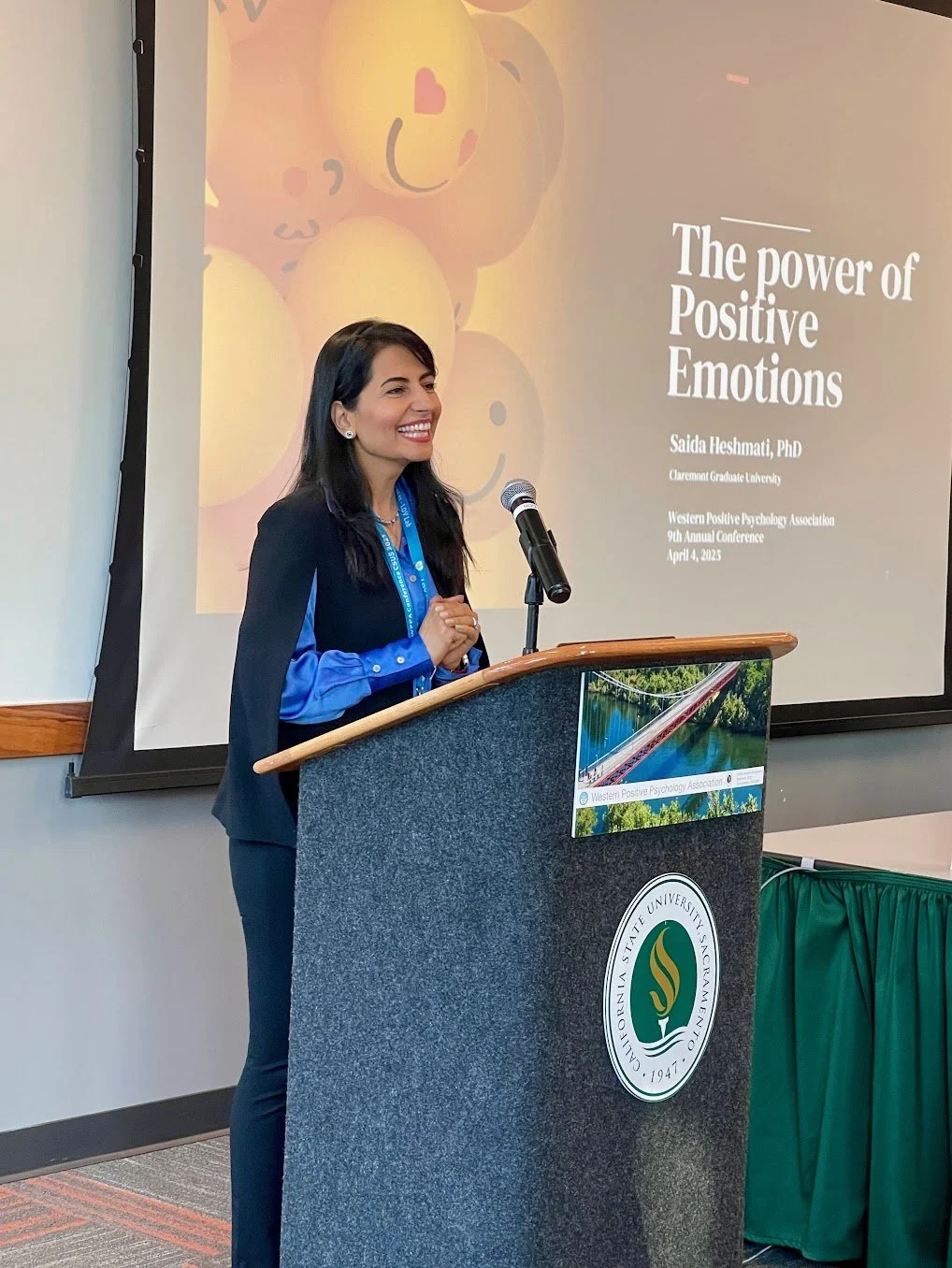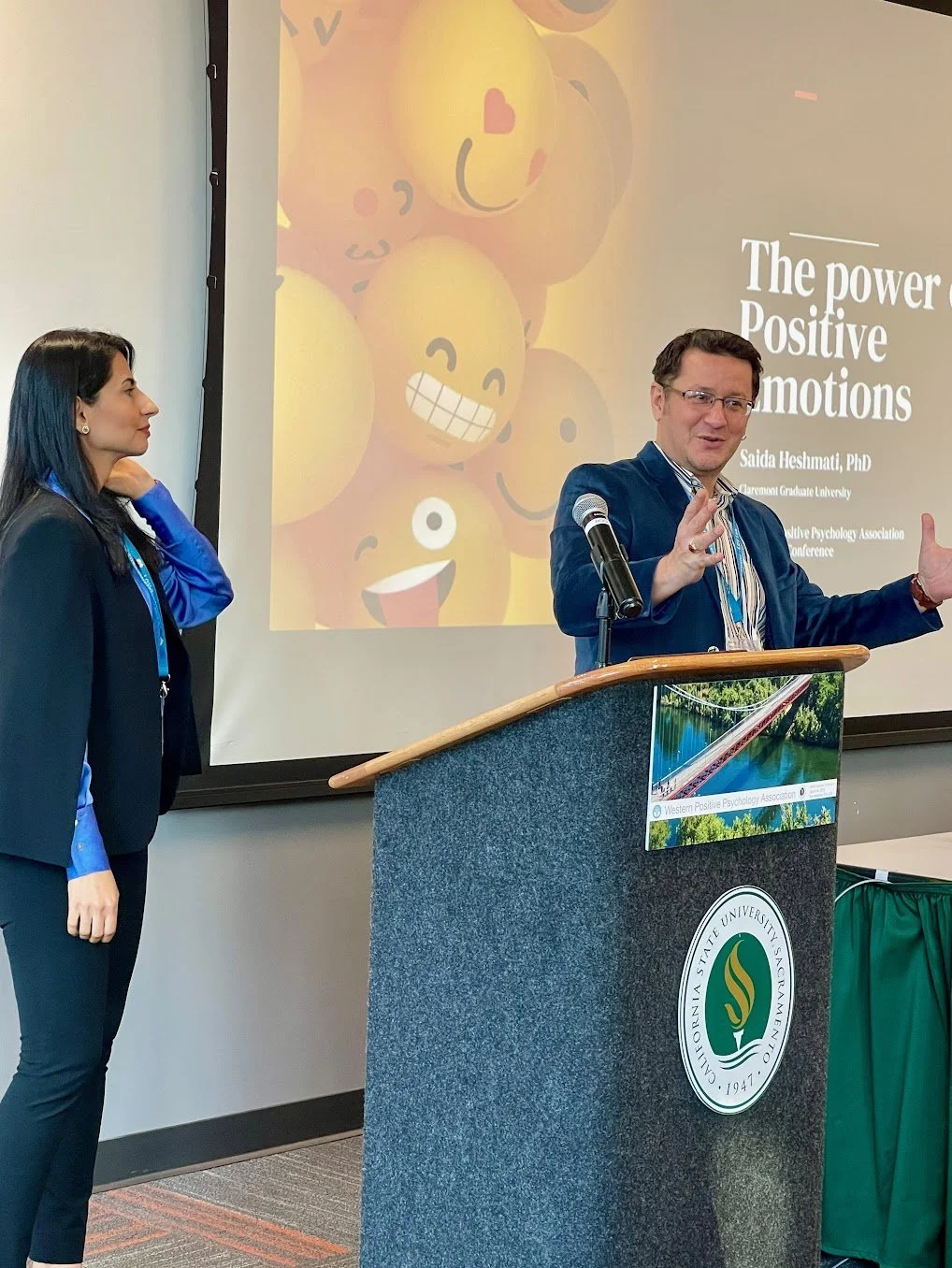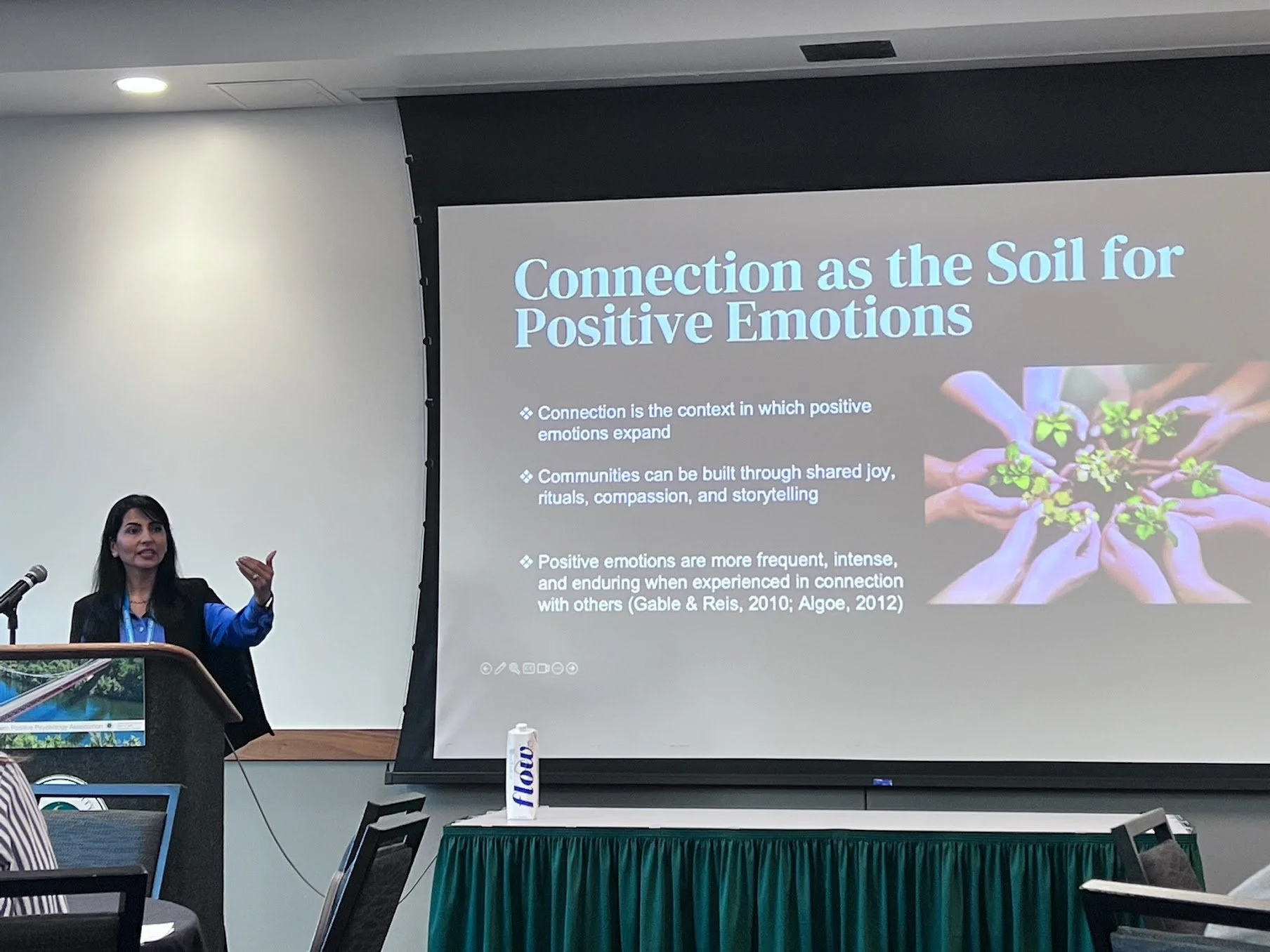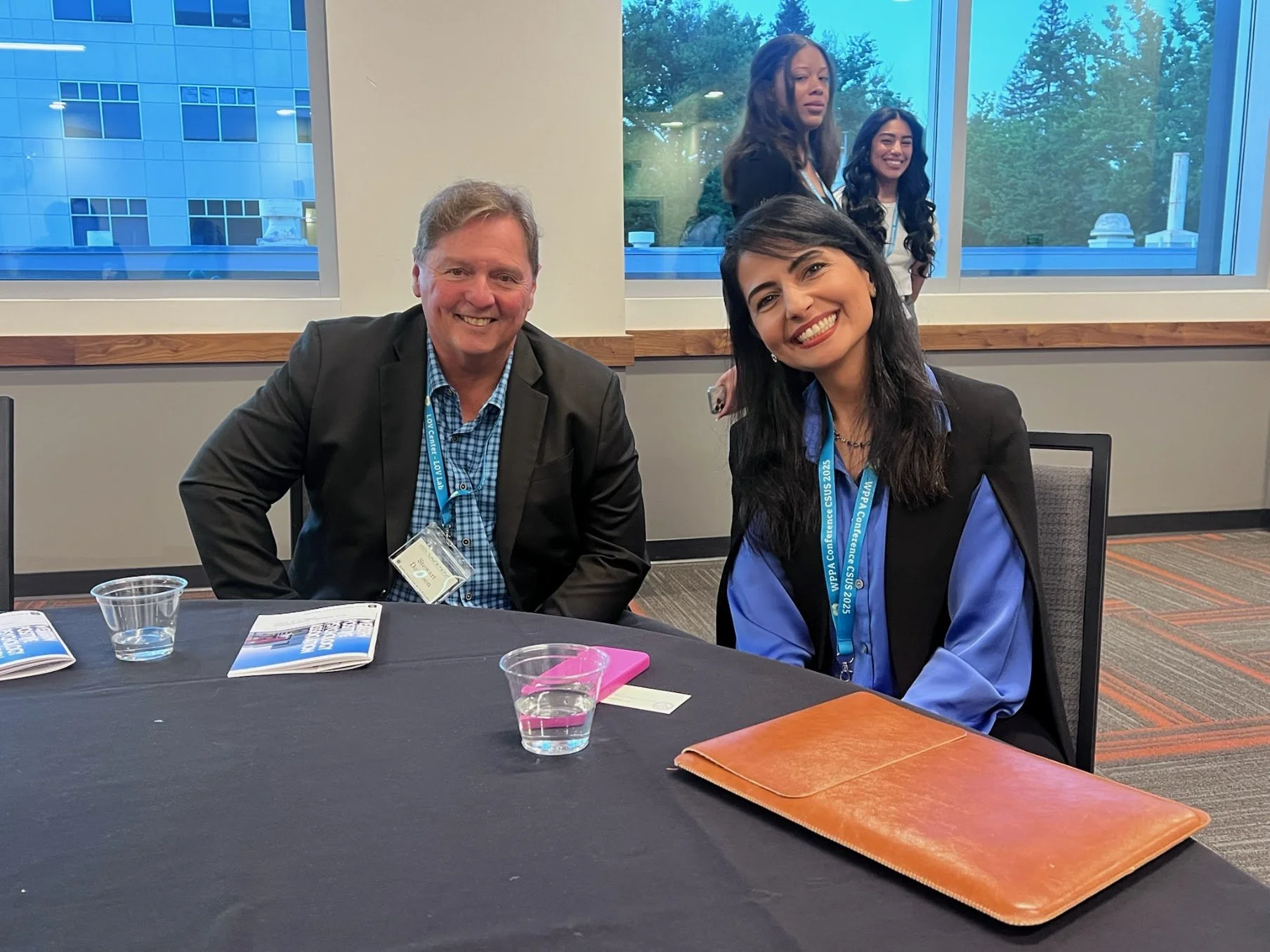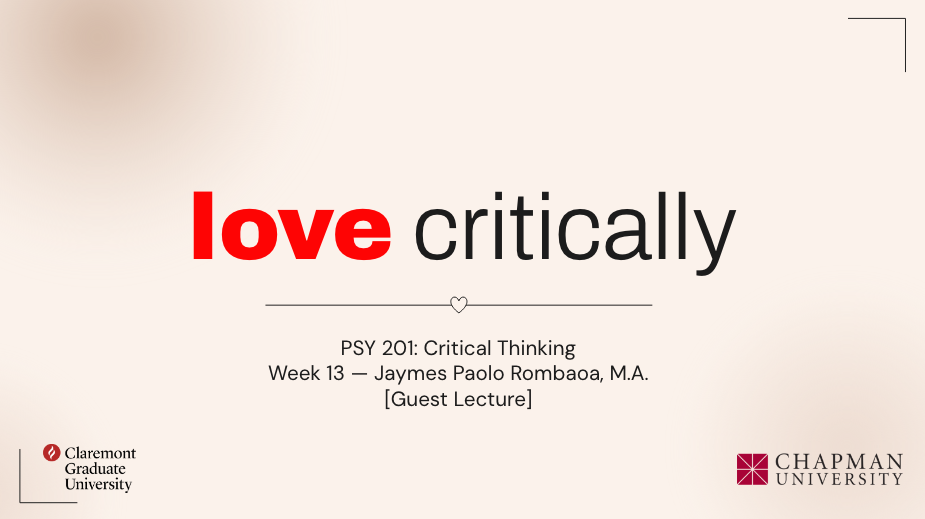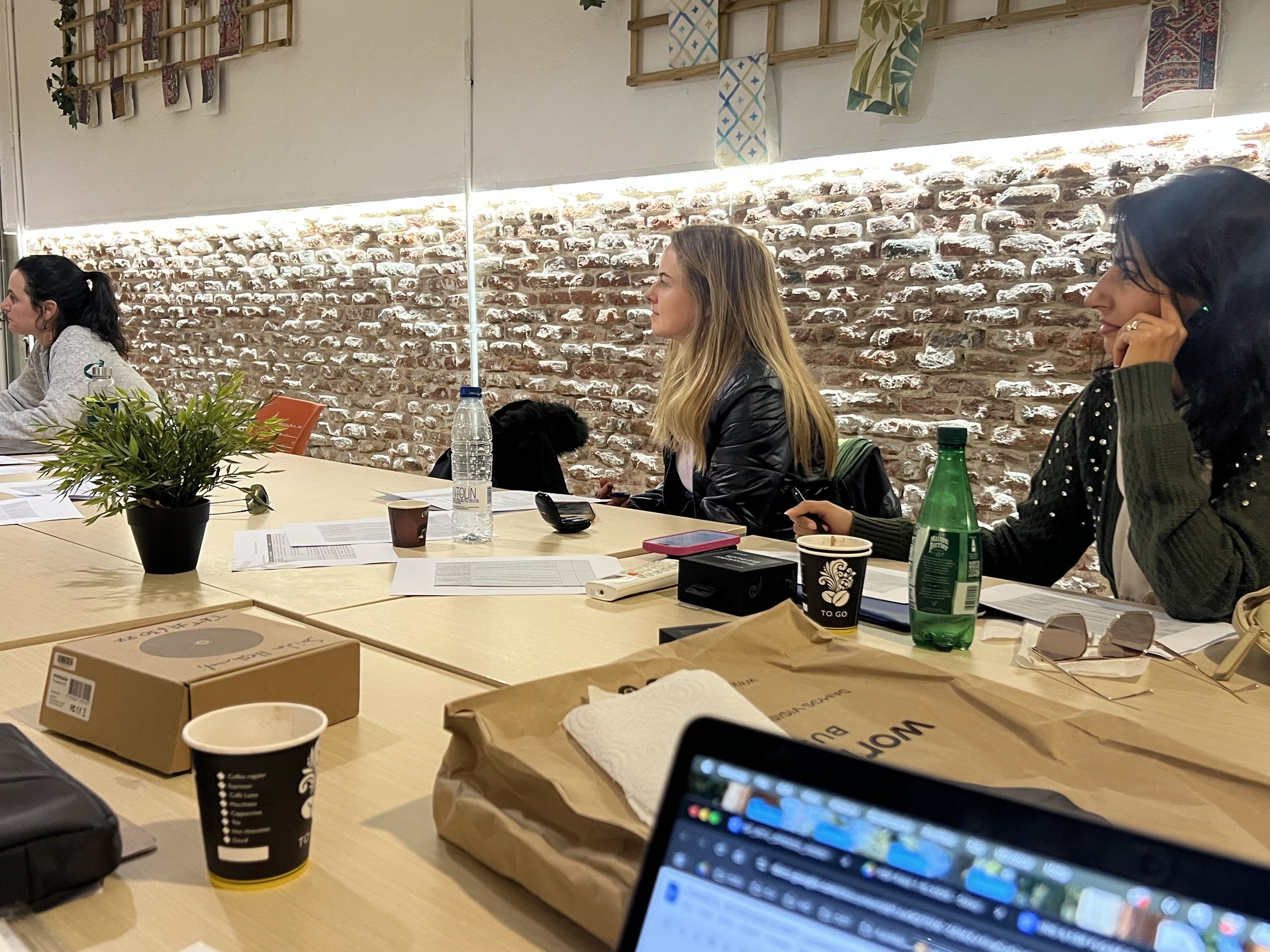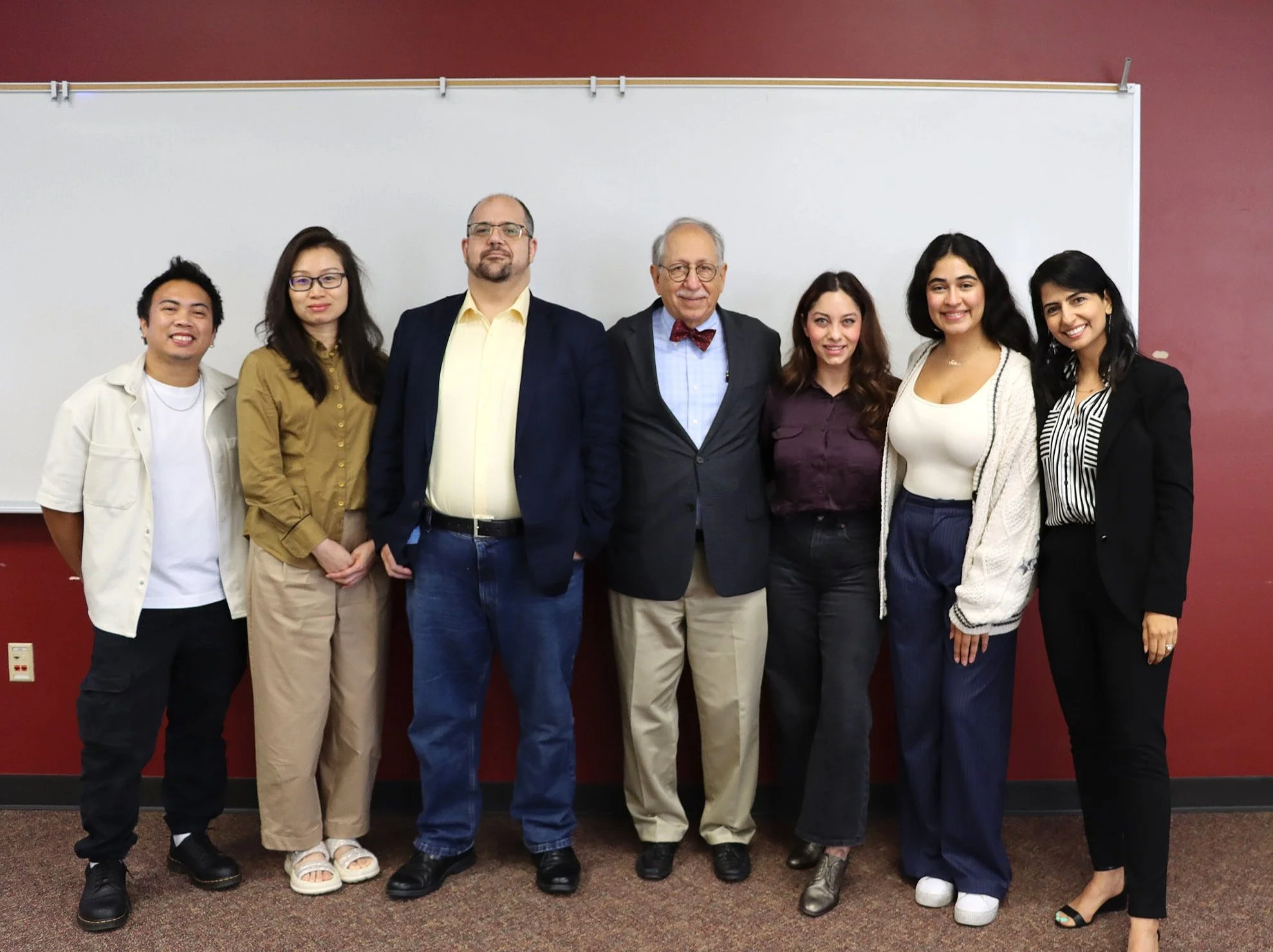Image Credit: Lindy Williams, Individualized Modeling of Processes in Emotion and Cognition (IMPEC) Lab
Access the research study here.
New research article “How much we express love predicts how much we feel loved in daily life” has been recently been published in the online research journal, PLOS One. This work was authored by Project Team Members Lindy Williams, Saida Heshmati, and Zita Oravecz, along with co-authors Sharon H. Kim, Yanling Li, Joachim Vandekerckhove, and Robert W. Roeser. The research investigated the reciprocal dynamics of feeling and expressing love and its relation to well-being using an ecological momentary assessment design.
Access research article (Open-Access journal) with this link:
There has also been press releases and media coverage for this research article, as well as mention of the Templeton Project!
Recently, Saida Heshmati was featured on a podcast for The Last Show with David Cooper, which is a variety talk show podcast that features an eclectic group of guests that span a variety of professional backgrounds and covers a wide array of topics. Specifically, Dr. Saida Heshmati was part of the episode “Revenge Donations - July 10, 2025.” In this episode, Dr. Heshmati discussed with host David Cooper the basics of the primary findings of the newly published research study as well as the general research on love in daily life that is being investigated in this Templeton Project. Listen to the episode on Apple Podcasts (Dr. Heshmati is featured starting at the 1 hour and 14 minute mark) here:
Moreover, this publication has also had several media features (e.g., news outlets AOL, Yahoo News, EurekAlert). See all media features here: https://plos.altmetric.com/details/178779251/news








